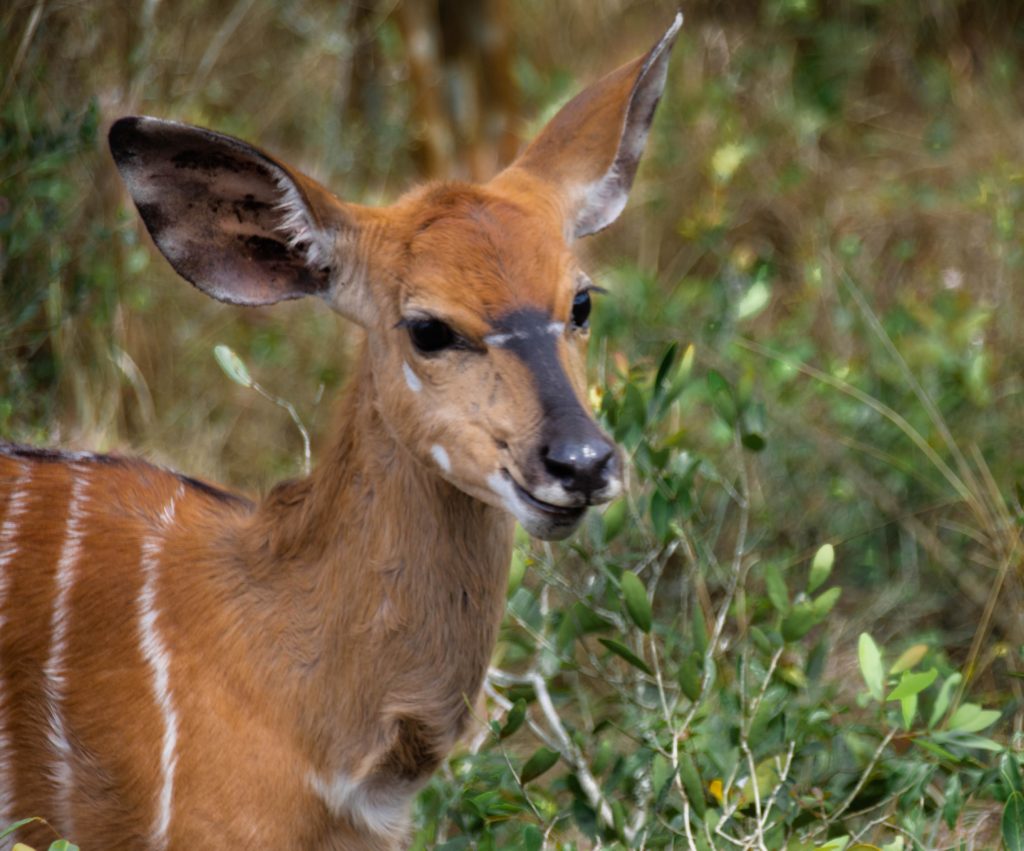The world is on the brink of the sixth mass extinction. From scientific papers to the Pulitzer-winning The Sixth Extinction, different communication platforms have been emphasizing that the current extinction rate is up to 100 times higher than normal. The International Union for Conservation of Nature (IUCN) lists the Addax, Hirola, Ader’s Duiker, Dama Gazelle, and Saiga as species facing an extremely high risk of becoming extinct in the wild. A much longer list shows that these animals are part of the 1,000,000 species currently threatened with extinction, according to what is considered the most comprehensive assessment on biodiversity decline.
Last year, a study highlighted that, unsurprisingly, the world has not been able to achieve any of the 20 global targets set in 2010 for preserving nature. The study nonetheless suggested that halting and reversing biodiversity loss is still possible, but that will require a radical change in strategies aiming at biodiversity conservation.
Under the scope of new and enhanced strategies, addressing the gender gap and unlocking women’s potentials in biodiversity conservation is fundamental. Given their massive involvement with small-scale agriculture, fishing, and harvesting of forest resources, women in rural areas have managed to develop an irreplaceable set of skills and knowledge related to conservation. Nonetheless, as the United Nations Environmental Program (UNEP) brings to the fore, women’s voices remain mostly unheard when it comes to conservation efforts.
Despite their role in the use of natural resources, women rarely have the opportunity to participate in the management of these resources within their communities. That occurs even though environmental disturbances—such as deforestation and water scarcity—affect women harder than men. That happens precisely because females are the ones responsible for collecting fruits and wood, picking plants for medicine, and fetching water for human use and irrigation. When forest loss and water shortages occur, women and girls carry the burden of traveling longer distances, spending more time in tasks that prevent them from embracing other professional and educational activities. Moreover, women still do not have land and property rights in 98 countries, which also hampers their opportunity to actively participate in biodiversity conservation efforts. Besides these issues, women represent less than 30% of the 10,000 members of the IUCN Species Survival Commission, a global network of scientists.
Besides the fact that women’s rights are not acknowledged—and that only a few women occupy seats in conservation science—another issue enhances the invisibility of women in conservation efforts: often, conservation plans do not encompass humans’ (and not only women’s) needs, voices, and knowledge. As a result, several biodiversity conservation efforts—even if well-intentioned—have caused social and ecological disturbances. For example, the creation of areas for biodiversity conservation (or protected areas) has led to the displacement of indigenous communities and local families across the world.
The case of the Ndumo Game Reserve in South Africa exemplifies this issue. This Nature Reserve was established as a Hippopotamus sanctuary in 1924 and now hosts Giraffes, Nyalas, Impalas, and Zebras. The protection of these animals has nonetheless happened at the cost of the eviction of Mathenjwa and Tembe communities. Social, economic, and psychological damage ensued from the deprivation of access to the land on which these people’s livelihoods were based, and often, socioeconomic disturbances can enhance environmental degradation.

Encounter with a Nyala in the Ndumo Game Reserve, South Africa. Credit: Natália Mello
Even if the arrival of a protected area does not lead to human displacement, strict conservation measures often disregard local families’ and communities’ traditional ecological knowledge. Because humans have shaped and co-evolved with ecosystems, biodiversity decline can follow the implementation of strict conservation measures. In Brazil, for instance, the suppression of controlled human-initiated fires upon the creation of a protected area in a fire-adapted ecosystem has led to biodiversity loss. That happened in the early 2000s in an area of the Cerrado where (especially the female members of) local communities used fire to manage their small-scale agricultural practices. In an attempt to protect the natural vegetation and animals such as the Maned Wolf, Jaguar, Anteater, and Giant Armadillo, strict restrictions followed the creation of this Cerrado protected area. These restrictions, however, have led to a sharp decrease in ants and fire-dependent ground-layer species. Thus, by neglecting local—and particularly women’s—knowledge, the conservation plan perturbed the ecosystem on which the aforementioned animals depend.
The examples above—and many others, such as the ones described in this fascinating report—underscore that achieving biodiversity targets depends, above all, on efforts to respect humans’ rights and traditional knowledge. Under this scope, special attention must be directed to women’s rights, voices, and needs. Although this might sound like a matter of preoccupation reserved to actors involved with politics and scientists, it is a concern of every individual across the world, who must, besides treasuring all other animals and their habitats, ultimately respect each other.
Also by Natalia: The Maned Wolf—One Of The World’s Least Known Endangered Mammal
Related: This All-Female Anti-Poaching Unit In Africa Is Changing Conservation
Get more like this—Sign up for our daily inspirational newsletter for exclusive content!
__
Photo: Natalia Mello




